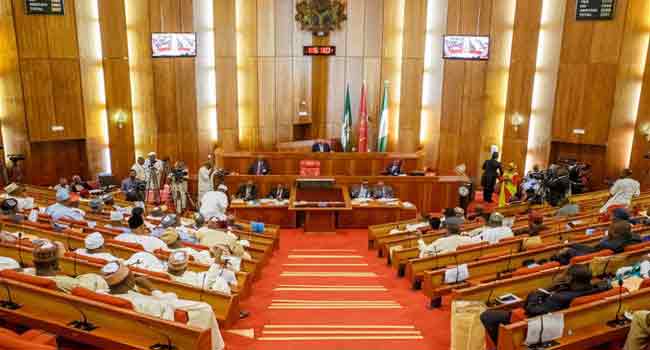According to the Gross Domestic Product report published by the National Bureau of Statistics (NBS), the Nigeria’s Gross Domestic Product (GDP) grew by 2.51% y/y in real terms in Q2 2023. This growth rate is lower than the 3.54% recorded in the second quarter of 2022 and may be attributed to the challenging economic conditions being experienced. Q2 2023 GDP was however slightly higher than the 2.31% reported in Q1 2023.
The performance of the GDP in the second quarter of 2023 was driven mainly by the non-oil sector of the economy, attributed to the Services, Agriculture, and Industrial sector. This sector contributed about 94.66% compared with the oil sector which contributed only 5.34%.
The services sector, which has continued to be the major driver of Nigeria’s GDP recorded a growth of 4.42% and contributed 58.42% to the aggregate GDP. The agriculture sector contributed 23.01% and grew by 1.50%, an improvement from the growth of 1.20% recorded in Q2 2022. The growth of the industry sector was -1.94% relative to -2.30% recorded in Q2 2022 and the sector contributed 18.56%. In terms of share to the GDP, agriculture, and the industry sectors contributed less to the aggregate GDP in Q2 2023 compared to Q2 2022. In Q2 2023, aggregate GDP stood at N52.1trn in nominal terms, a 15.77% growth compared to N46trn in Q2 2022.
The poor performance of the oil sector was due to the continuous decline in the nation’s average daily oil production which was down to 1.22mbpd (Q2 2023) from 1.43mbpd (Q2 2022) and 1.51mbpd in Q1 2023, a problem which may likely persist as it appears current measures put in place to stall oil theft are ineffective.
In our view, the government may need to explore supply-side policies such as agricultural help increase food supply, stabilise inflation. The manufacturing sector’s growth has been extremely modest, reflecting the negative he impact of CBN’s hawkish rendition. In fact, the sector contracted by 1.91% in Q3 2022, the first contraction since covid hit in 2020. Though at a slower pace, the CBN has maintained its hawkish stance and the fortunes of the sector appeared to have worsened with the latest reforms of the new administration such as the fuel subsidy removal and the unification of the exchange rates at the various. In Q2 2023, the growth rate was 2.2%. We also expect growth in the agricultural sector to remain subdued as the insecurity issues persist in the food producing regions and weather conditions remain unpredictable. Overall, we retain our 2023 real GDP forecast of 2.8% y/y.
Click here to read full PDF copy of report
CSL Research














